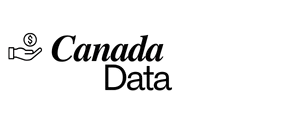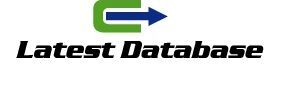Although the numbers vary by industry
working capital ratio below 1.0 generally indicates that a company is having trouble meeting its short-term obligations. That is, the company’s debts lebanon whatsapp number data over the next year. Will not be covered by its current assets. In this case, the company may have to sell assets, obtain long. Term debt, or use other financing options to pay off short-term debt. A working. Capital ratio of 1.2 to 2.0 is considered ideal, but a ratio. Above 2.0 may indicate that a company is not effectively using its assets to increase earnings.
A high ratio may indicate that a company is underfunded or is not managing its. Working capital effectively. Savings Ratio The collection ratio refers to how effectively a company manages its accounts receivable. The collection rate is calculated by multiplying the number of days in the accounting. Period, the average amount of unbilled accounts receivable, and the total net credit sales during the accounting period.
Calculating the collection rate provides the
average number of days it takes a company to receive payment following a credit transaction. If a company’s billing department is efficient in collecting payments and customers. Pay their bills on time, the payment rate will be low. The lower a company’s cash flow ratio is, the more efficient its cash flow is. Inventory Turnover.
Ratio The final element of working capital management is inventory management. In order to operate at peak efficiency and maintain high working. Capital levels, a company must maintain sufficient inventory to meet customer demand while. Avoiding unnecessary inventory that ties up working capital. Companies often. Measure how effectively they are maintaining this balance by monitoring their inventory turnover ratio.
A low ratio compared to peers
indicates that inventory is overvalued, while a relatively high ratio is undervalued. FAQ What is working capital management? Working capital management involves monitoring current ratios, collection ratios, and inventory ratios to ensure that a company is operating efficiently, which helps to increase a company’s profitability. The primary design with a minimum of goal is to enable a company to maintain sufficient cash flow to pay short-term operating expenses and short-term debt obligations. Working capital management helps ensure the smooth operation of the net operating cycle, also known as the cash conversion cycle (CCC) – the minimum time required to convert net current assets and liabilities into cash. Why is the current ratio important? The current ratio (current ratio) is a company’s current assets divided by its current liabilities.
It is a key indicator of a
company’s financial health because it shows its ability to meet its short-term financial obligations. A current ratio between 1.2 and 2.0 is considered ideal, but a ratio above 2.0 may indicate that a company is not managing its working capital effectively. Conversely, a current ratio below 1.0 generally indicates that a company’s current assets will not cover its current liabilities in the coming year. Why is the collection rate important? The collection rate refers to how effectively a company manages its accounts receivable. It is calculated as the average amount of accounts receivable divided by the number of days in the reporting period multiplied by the total net credit sales during the reporting period. Basically, the ratio shows how effectively a company collects payments after credit transactions. The lower a company’s cash flow ratio is, the more efficient its cash flow is.
Why are inventory ratios important
In order to operate at peak efficiency and maintain deb directory high working capital levels, companies must maintain sufficient inventory to meet customer demand while avoiding unnecessary inventory that ties up working capital. Inventory turnover ratio is calculated by . A lower than normal ratio indicates that inventory is overvalued compared to industry peers, while an above normal ratio may indicate inadequate inventory value levels. The World Bank is an international organization that provides financing, advice, and research to help developing countries achieve economic progress. The World Bank primarily acts as an anti-poverty organization, providing development assistance to low- and middle-income countries. Currently, the World Bank has two goals to achieve by 2030.







